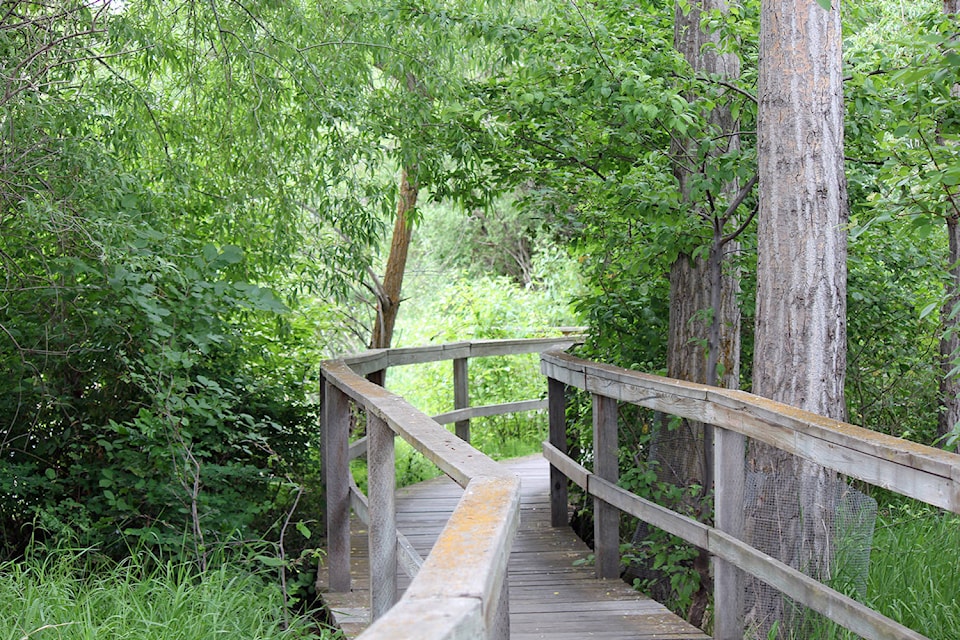Starting Thursday, crews will install log booms on Okanagan Lake in the Central Okanagan to protect public infrastructure and beachfront areas from possible high winds and wave action.
The Central Okanagan Emergency Operations Centre says three sets of log booms will be installed just offshore near Swim Bay in Peachland, off Hot Sands Beach in Kelowna’s City Park, and off the Maude-Roxby Bird Sanctuary in Kelowna. More log booms may be deployed in other areas over the next week if needed.
Wood products company Tolko, which operates a mill in Kelowna’s North End, is supplying the logs for the 1.7-kilometres of log boom to be used.
The booms will be anchored with chains attached to concrete blocks placed on the bottom of the lake. The blocks will be marked with buoys on the surface and boaters are asked to keep away from the log booms to avoid damage.
“We’re also reminding people to stay off the log booms as they are unstable, and hands and feet could become trapped between the logs leading to serious injury,” said the EOC in a news release issued Wednesday.
Residents and visitors are also asked to stay away from other flood protection equipment as well. Jumping or walking on gabions or water dams is a public safety concern and could damage or undermine the device causing ruptures and significant water flows.
As of this Wednesday morning, Okanagan Lake was at 342.69 metres, 57 centimetres below the high water mark of 2017. However, a severe wind or rain storm could push water levels much higher, warns the EOC. And that could lead to flooding and erosion.
Both Okanagan and Kalamalka lakes are above full pool and flood protection measures continue to be deployed as needed.
People living along the waterfront are urged to take precautions to protect their property. That includes installing measures to prevent erosion, securing docks and making sure boat anchor lines are long enough so they don’t snap if the water continues to rise. Sand and sandbag locations are available at cordemergency.ca/map
The province says Okanagan Lake is within a week of peaking, but ultimately weather will determine both the lake level and the timing.
Concern about area creeks has been reduced and crews are redeploying bladder dams and sandbags in preparation for use along the lakeshore if necessary.
Meanwhile, debris washed up on beaches should be left where it is for the time being. The logs and other wood will help limit erosion caused by wave action, says the EOC.
When the flood risk has passed, officials will provide information about how the beach debris will be removed, as well as how to remove and dispose of sandbags installed on private property.
As it did last year following the flooding that hit the Okanagan, the EOC says under no circumstances should sandbags be emptied into any creeks, lakes, wetlands, beaches or other watercourses as outlined in the Water Sustainability Act.
The impact of contaminated sand could destroy fish habitat and affect drinking water supplies, as well as infrastructure, flood control, navigation and recreational activities.
To report a typo, email:
newstips@kelownacapnews.com.
@KelownaCapNews
newstips@kelownacapnews.com
Like us on Facebook and follow us on Twitter.
